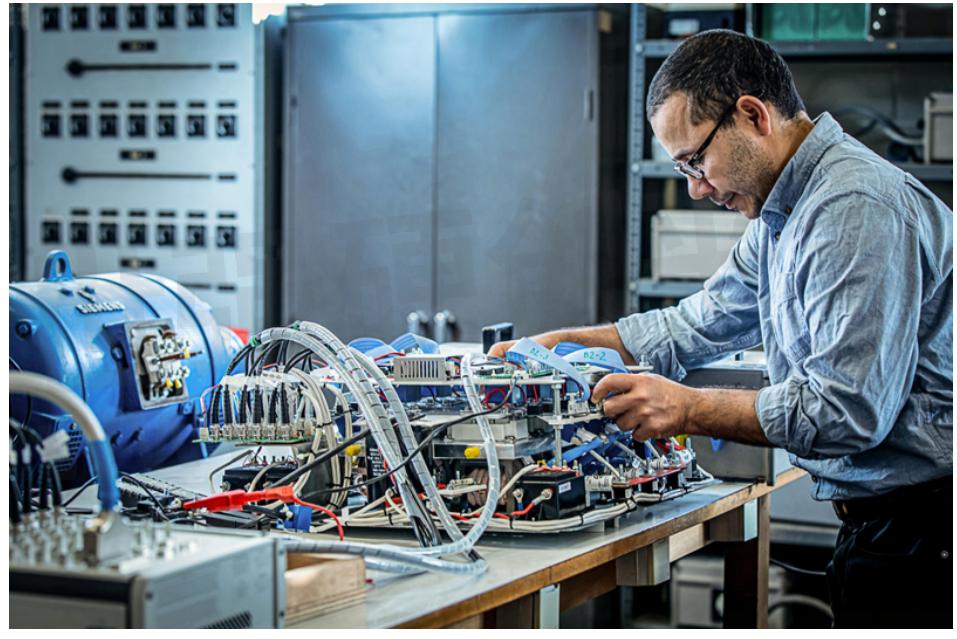Revolutionizing Energy Storage: The Bidirectional Converter Technology Explained

The world today is facing an energy crisis like never before. With the growing demand for electricity, coupled with the rising costs of energy, it has become necessary to explore new ways of storing and utilizing energy. One technology that has emerged as a game-changer in this field is the Bidirectional Converter.
The bidirectional converter is an electronic device that is capable of converting direct current (DC) to alternating current (AC) and vice versa. This technology has been used in various applications such as electric vehicles, renewable energy systems, and energy storage systems.
The primary benefit of bidirectional converters is their ability to transfer energy between two sources. This means that the converter can take power from a battery or other energy storage device and convert it into AC power for use in homes or businesses. Alternatively, it can also take AC power from the grid and convert it into DC power for storage in a battery or other energy storage device.
One of the main advantages of this technology is that it can help to reduce energy costs. By using bidirectional converters, energy can be stored during periods of low demand and used during periods of high demand. This means that users can avoid using expensive electricity during peak hours and instead use the stored energy, resulting in significant cost savings.
Another significant advantage of bidirectional converters is their ability to integrate renewable energy sources such as solar and wind power into the grid. These renewable energy sources are often unpredictable, with variations in output depending on weather conditions. Bidirectional converters can help to smooth out these fluctuations, making renewable energy sources more reliable and efficient.

Fig.1
In electric vehicles, bidirectional converters play a crucial role in the charging and discharging of batteries. During charging, the converter converts AC power from the grid into DC power for storage in the battery. During discharge, the converter converts the DC power from the battery into AC power for use by the electric motor.
Bidirectional converters also have a role to play in energy storage systems. These systems store energy during periods of low demand and discharge it during periods of high demand. Bidirectional converters help to ensure that the stored energy is used efficiently and effectively, reducing energy costs and improving overall system performance.
In conclusion, the bidirectional converter is a revolutionary technology that has the potential to transform the way we store and utilize energy. Its ability to transfer energy between two sources, integrate renewable energy sources, and reduce energy costs makes it an essential technology for the future of energy storage. As the world continues to face energy challenges, bidirectional converters will undoubtedly play a critical role in addressing these challenges and ensuring a more sustainable future.
- +1 Like
- Add to Favorites
Recommend
- Bidirectional Converter: A Tool for Seamless Data Conversion in Both Directions
- Unleashing the Power of Communication: The Advantages of a Bidirectional Converter
- Exploring the Functionality and Benefits of a Bidirectional Converter
- Revolutionizing Power Conversion: The Bidirectional Converter
- Bidirectional DC-DC Converter: An Efficient Solution for Power Conversion
- Unlocking the Power of Bidirectional Converters
- Bidirectional DC-DC Converter: An Innovative Solution for Efficient Power Conversion
- Bidirectional DC DC Converter: A Comprehensive Overview
This document is provided by Sekorm Platform for VIP exclusive service. The copyright is owned by Sekorm. Without authorization, any medias, websites or individual are not allowed to reprint. When authorizing the reprint, the link of www.sekorm.com must be indicated.





























































































































































































































































































































































































































































































































































































































































































































































































































































































